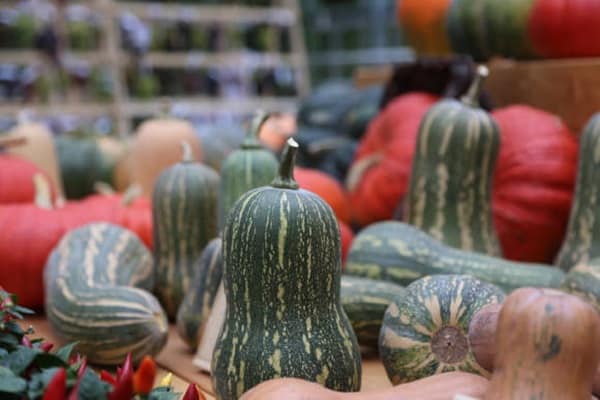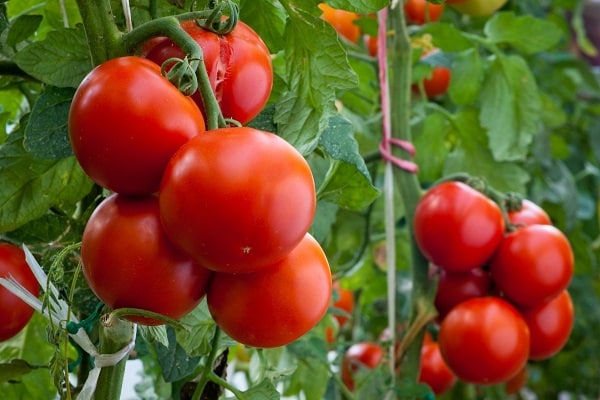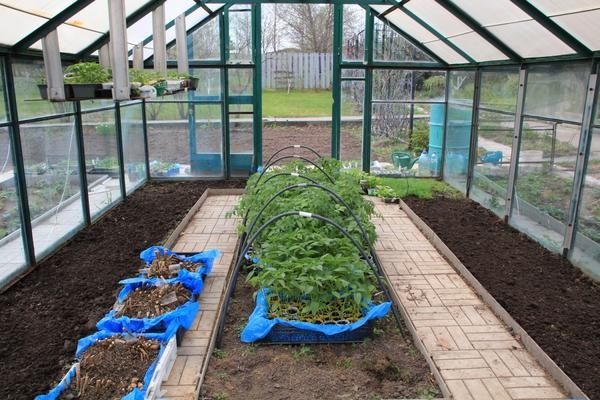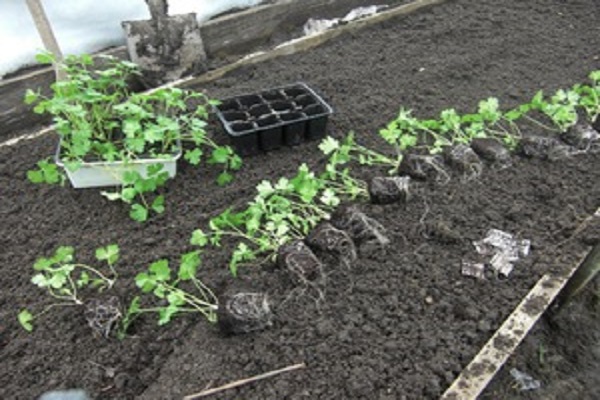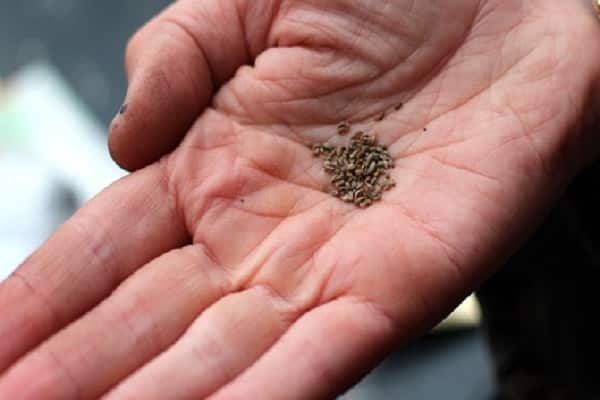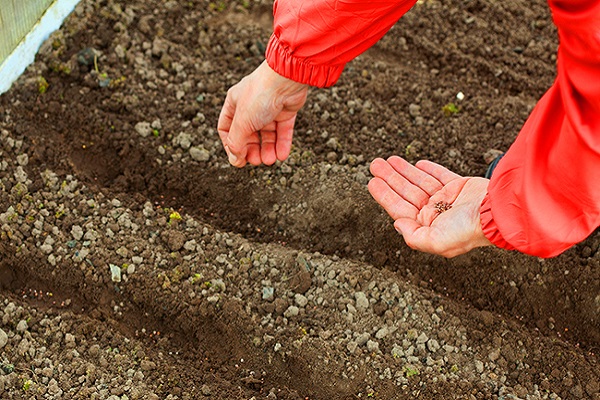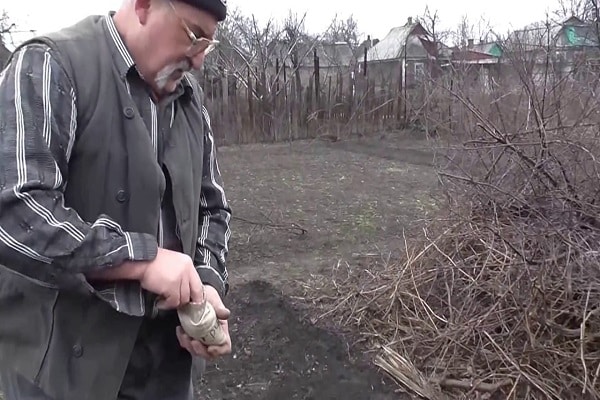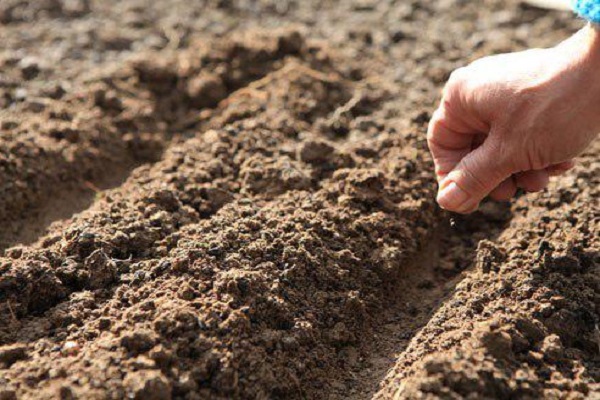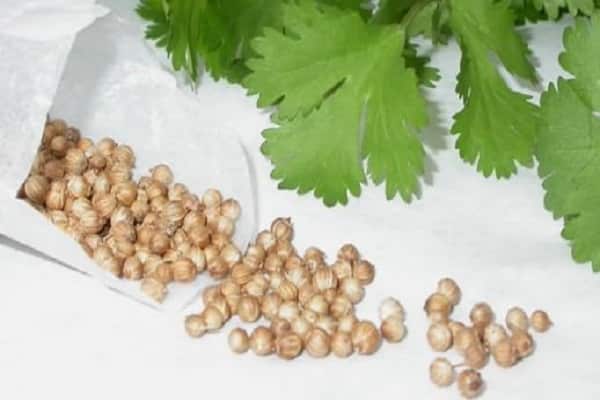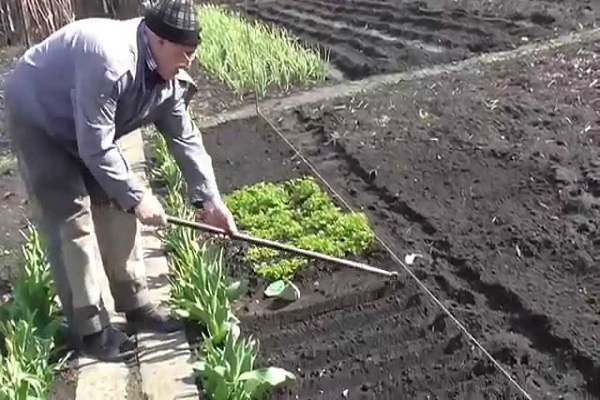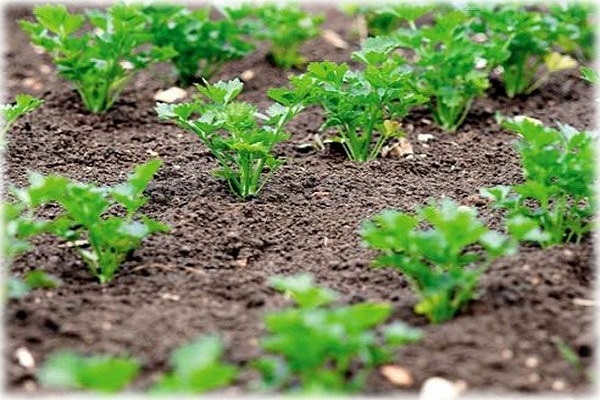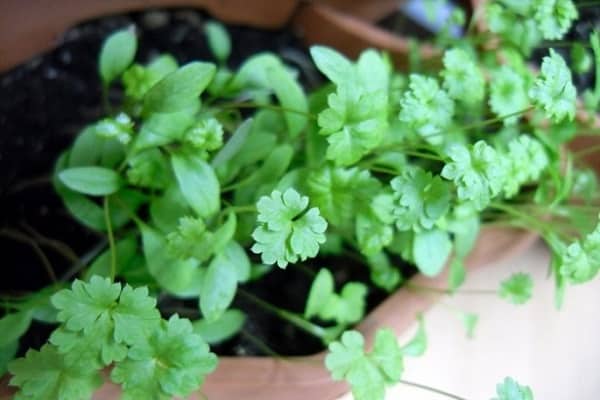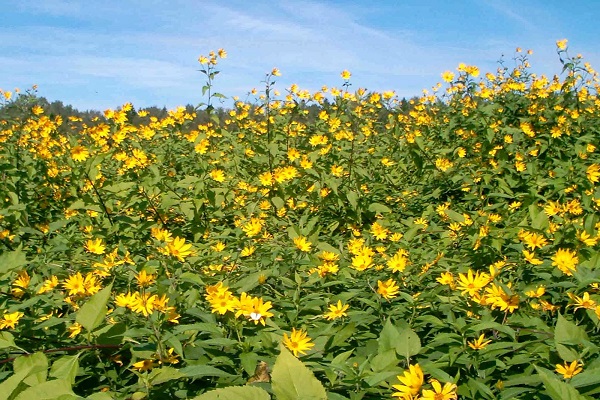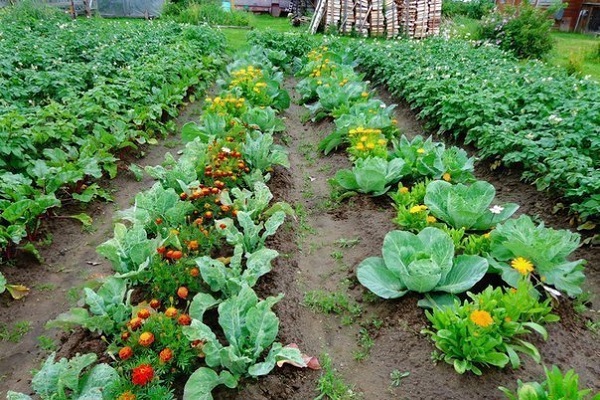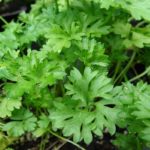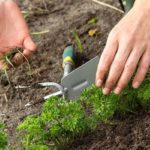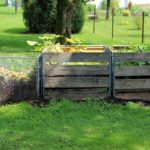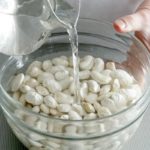Every zealous owner, regardless of the size of the garden, tries, even on a small piece of land, to allocate a little space for parsley, which is not only good for the body, but can also improve the taste and aroma of dishes. Many people consider this crop to be unpretentious and easy to grow, but not everyone knows that a lot depends on the timely planting of the plant. To get a generous harvest and have fresh herbs on the table throughout the season, full of vitamins, you need to know when parsley is planted and how to do it correctly.
Then plant parsley
First rule growing parsley - choose a place in the garden that is not depleted by its predecessors. Some crops are even capable of leaving behind larvae of pests or pathogens in the soil, so this process must be treated carefully.
The best predecessors for parsley:
- potato;
- all pumpkin crops;
- tomatoes;
- cabbage.
Do not use for planting beds in which herbs and spices were grown - most of the diseases and pests they share with parsley.
Some experienced gardeners recommend growing parsley in beds that have been empty for 1-2 years - this guarantees that you will be able to get a bountiful harvest without hassle. Another secret to growing a crop is to sow the area with mustard 3-5 months before sending planting material into the ground, which fertilizes the soil, makes it light, destroys harmful insects, and disinfects the upper layers of the soil. A month before the planned planting, all that remains is to cut off the young stems of green manure and dig up the beds.
Dates for planting in the greenhouse
Parsley is a crop that does not require special attention, easily takes root even in uncomfortable conditions, and loves sun rays and fresh air. Spice is rarely grown in greenhouses - it is better to use closed beds for capricious crops.
If you decide to use closed beds for planting parsley, you can begin the planting process from spring to August. To grow greens in a greenhouse, it is better to use seedlings - this will allow you to quickly obtain aromatic and healthy raw materials.
Before planting seeds for seedlings, you need to take into account the germination time - in warm conditions, sprouts appear in 2-3 weeks.It will take a long time before the young plants move to the beds in the greenhouse.
Important! Young parsley grows for a long time and takes 3-5 weeks from the appearance of sprouts to the time of transplantation.
When is it better to sow parsley: in autumn or spring?
A question that interests gardeners who are starting to grow parsley for the first time is when to put seeds into the ground in order to get strong shoots that develop quickly and produce a bountiful harvest? There are opinions that autumn planting allows you to grow strong plants, but experienced gardeners recommend planting in the spring.
Planting parsley in spring has the following advantages:
- there is no need to use the seedling method to obtain an early harvest;
- planting can be done immediately after the snow melts;
- young plants grow and develop rapidly under the warm spring sun;
- spring seedlings are less likely to get sick;
- The plants are powerful and do not require frequent feeding.
Another advantage of spring planting is that even if some seeds do not sprout, it is never too late to replant. Before the warm summer days, more than one generation of young plants will have time to sprout.
A prerequisite for spring planting is to carry it out only after the soil surface has warmed up to five degrees. If the soil is cold and too wet, there is a risk of losing planting material - the seeds will begin to rot and will not sprout.
Planting dates before winter
Autumn planting has its advantages, although they are fewer than spring planting. It is recommended to sow seeds in advance; they should sprout. It is advisable to prepare the bed in the summer - add nutrients (peat, compost), treat it with anti-weed preparations.If the plants do not have time to get stronger, you will have to build a cover for them; it is also better to take care of this in advance, otherwise there is a risk of the bushes freezing.
In warm regions, it is recommended to plant parsley in October-November; if autumn has nice days, you can sow planting material in prepared soil even in early December. You can speed up the germination process by soaking the seeds for several days in a growth stimulator. Another important point to consider when planting is that parsley seeds are coated with essential oils that inhibit germination. The problem is easy to deal with: before soaking, place the seeds in hot water, making sure that it is not boiling water.
The duration of the procedure is no more than a quarter of an hour, this is enough to remove essential oils and prepare the planting material for germination.
In order to get seedlings with the onset of spring that will delight you with fragrant leaves at different times, it is recommended to plant several seeds. Planting should be done in October-November, just before the snow falls. This combination of sowing will allow you to get the first harvest immediately after the snow melts, and seeds that did not have time to sprout before winter will be given lush bushes and a generous harvest in late spring or early summer.
Another rule that should not be forgotten when sowing a crop is that the emergence of seedlings and successful wintering depend on varieties of parsley. Some of them cannot stand winter, others feel comfortable even in severe frosts.
Important! To avoid mistakes, you need to carefully study the information on the packaging with planting material - it describes in detail how the variety tolerates cold, and whether it should be planted only in the spring.
When to sow parsley in Kuban
In Kuban, it is recommended to sow parsley only in the spring - despite the hardiness of the crop, it is better not to check how it tolerates cool climatic conditions. There is no need to wait for the snow to melt - experienced gardeners clear the soil with a broom and sow crops. It is better to prepare the soil in the fall - this will allow you to avoid adding nutrients to the soil and digging in the spring.
Another trick for successfully sowing parsley is to pour boiling water over the furrows made and sprinkle with wood ash. Only after this should planting material be sent into the ground. Be sure to cover the seeds with dry soil. The last stage of planting is the return of the previously removed layer of snow to its place.
In addition to preparing the beds, it is recommended to stock up on a bag of substrate in the fall - you need to sprinkle the seeds with dry soil - wet or frozen soil can harm the planting material. It is also better to make furrows when preparing the beds - it is quite difficult to do this in frozen ground.
Shoots with such planting appear together immediately after the snow melts. Maintenance then follows the usual - removal of weeds, timely irrigation of the soil, control of diseases or pests.
How long does parsley grow?
Before starting to grow parsley, many gardeners are worried about one more question - how long does this crop grow and when will they have to look for another place to plant it. If a greenhouse is used to grow greens, the crop can be harvested throughout the whole year, especially if you take care of the proper preparation of the beds and slight insulation of the room.
The use of a greenhouse also has one significant disadvantage - parsley grows and matures quickly, which affects its taste and aroma. It is the young leaves that have the most intense aroma. In closed ground, it is recommended to prolong the life of greenery by promptly removing the young lower leaves - you can use them immediately in the kitchen or make preparations from them. You will have to change the location of parsley once every one or two years - this is the time period recommended when growing in a greenhouse.
If the crop is planted in open beds, parsley can grow without changing location for up to five years. You should not expect that it will be possible to extend the life of plants so much without the active participation of the owners - without fertilizing, timely watering, removing weeds and even covering for the winter, the age of the crop will be significantly reduced.
What to plant after parsley next year
Parsley is an excellent precursor for many crops. After the green curls, it is recommended to plant tuberous plants (Jerusalem artichoke, potatoes) - usually the harvest is pleasing even without constant heavy fertilizing. Beets, cucumbers, and zucchini feel great in garden beds.
The root system of parsley extends into the upper layers of the soil without depleting the soil. Despite this, we should not forget about the preliminary preparation of the beds after removing the crop - adding compost and peat is required.
Even novice gardeners usually do not have any particular difficulties with growing parsley - this crop is unpretentious, has good germination, and does not require specific skills and knowledge. Despite this, it is better to familiarize yourself in advance with the timing of planting a plant that has valuable qualities - this will allow you to get a good harvest in the shortest possible time.

